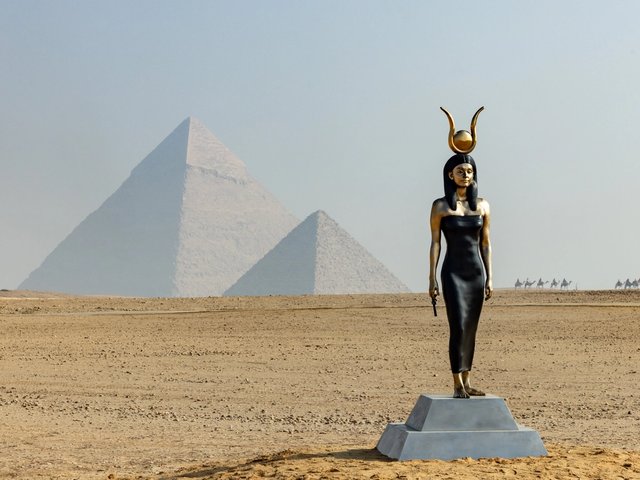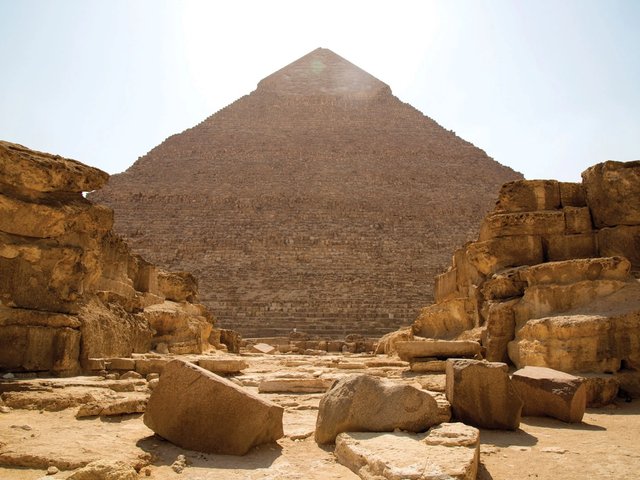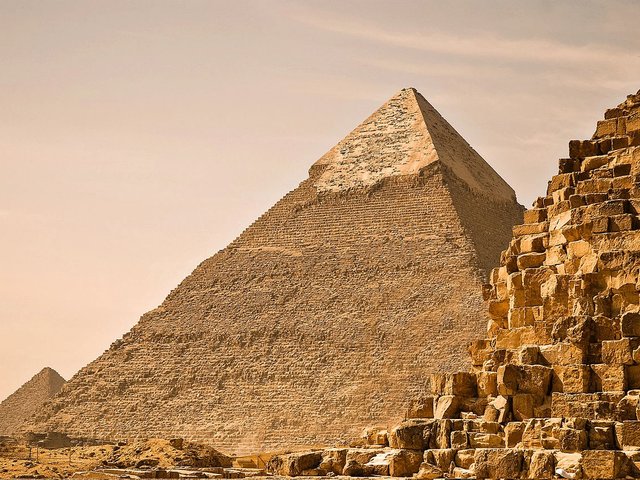Egypt’s Ministry of Antiquities plans to use high-tech non-invasive scanning technology to investigate the pyramids at Giza and Dahshur. The new project, called Scan Pyramids and led by an international team from Egypt, France, Japan and Canada, aims to shed new light on ancient construction techniques and reveal any currently unknown chambers. “Their goal is to probe Egypt’s largest pyramids, without touching them or drilling the slightest opening,” Egypt’s head of antiquities, Mamdouh Eldamaty told Ahram Online.
Among the tools used will be infrared thermography to detect temperature variations on the monuments' exteriors, which could reveal previously unseen cavities, chambers or corridors close to the surface. With the help of drones, the team will use photogrammetry and laser scanning to make accurate 3D models of the pyramids, other monuments nearby and their general surroundings.
The team also plans to use equipment that can detect muons—subatomic particles that are created when cosmic rays from supernovae and quasar stars hit the Earth's atmosphere. While muons are able to pass through solid rock, they move more easily through voids than dense stonework, and these differences can be mapped and visualised to create an “x-ray” view of the pyramids, again highlighting any hidden spaces that might exist within.




